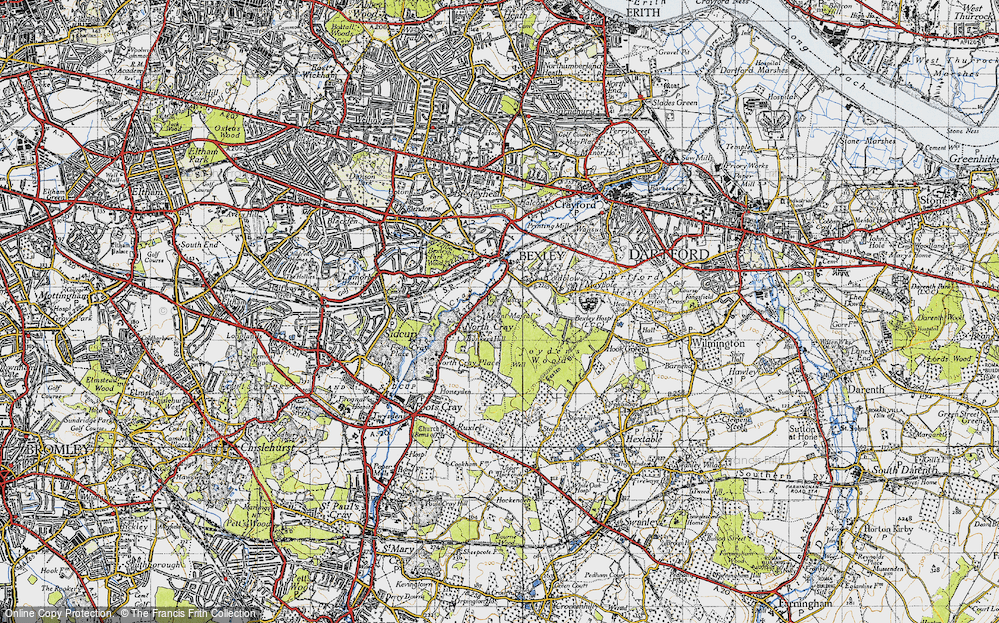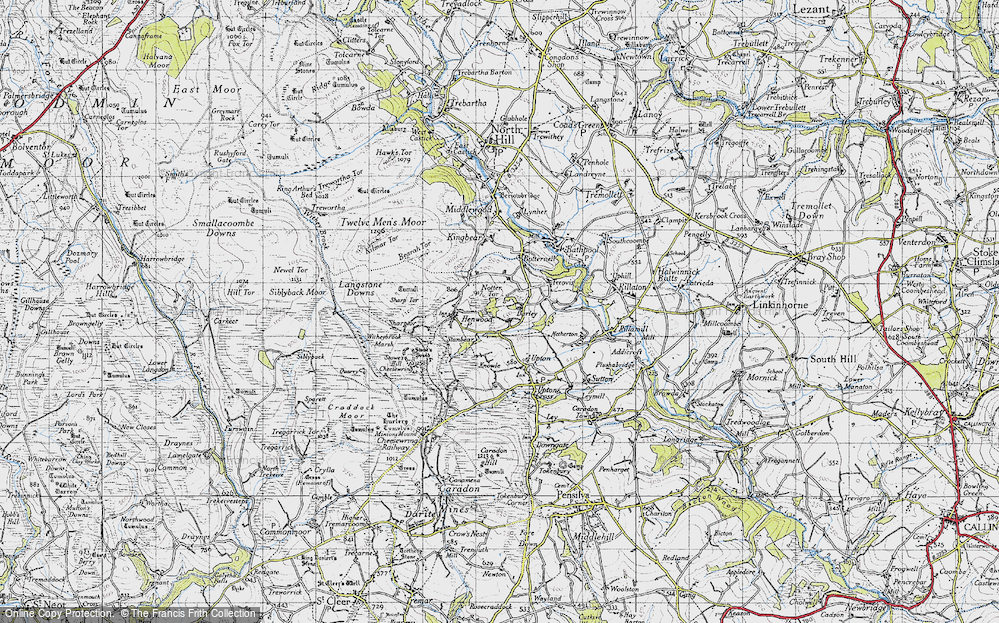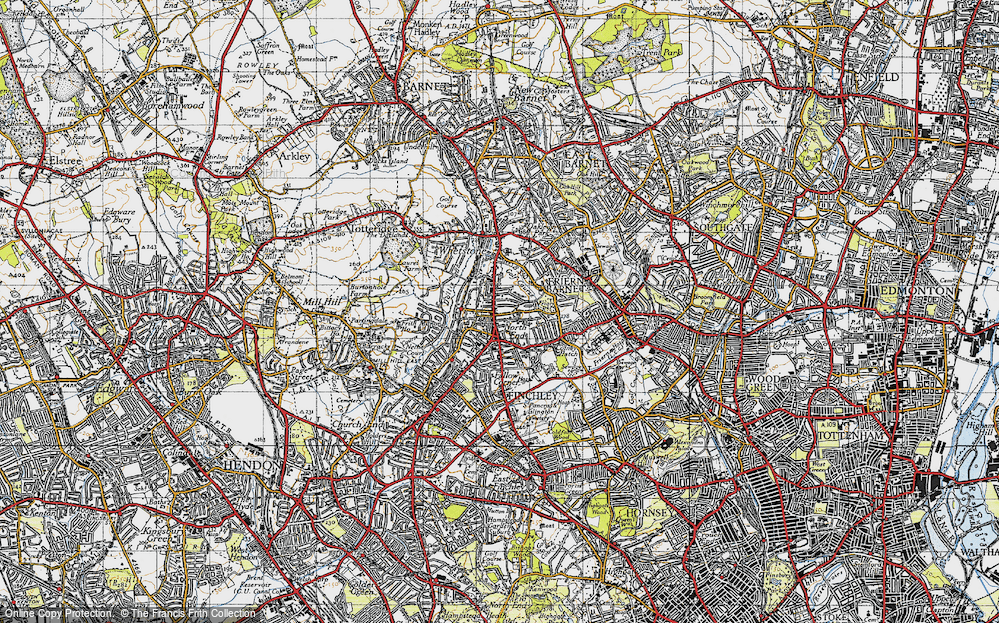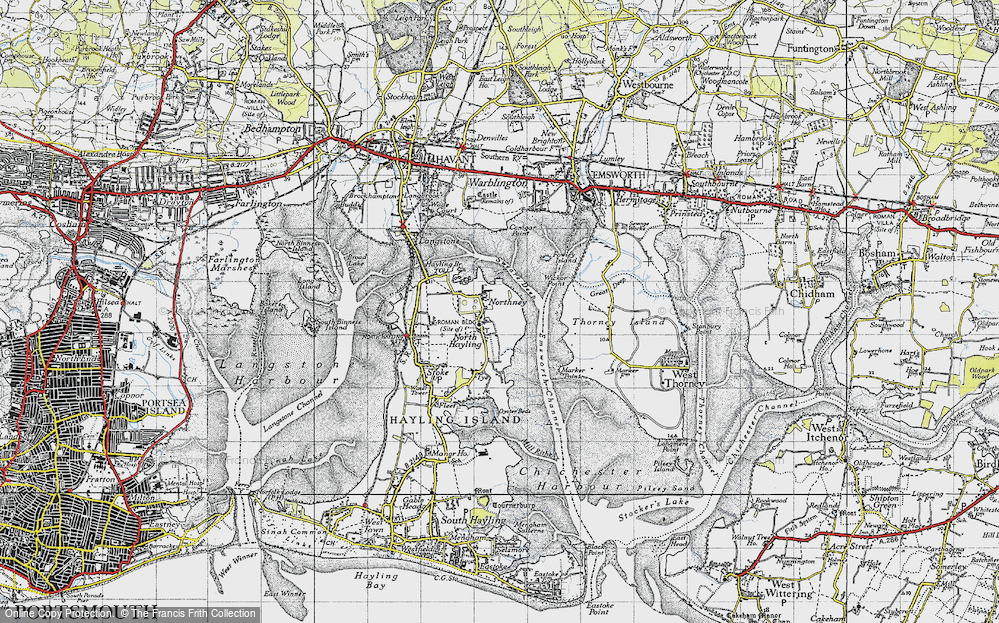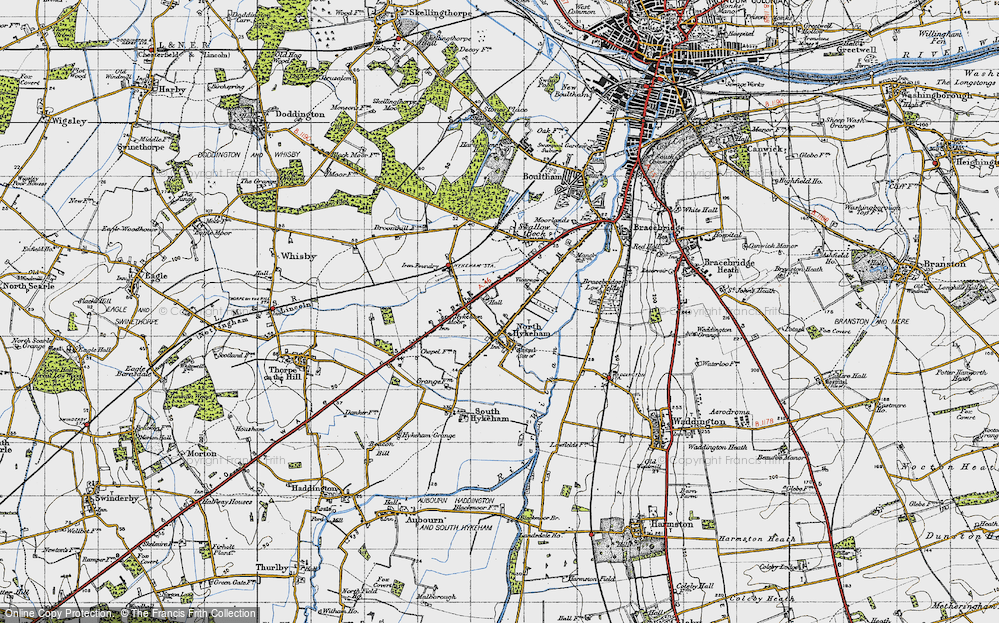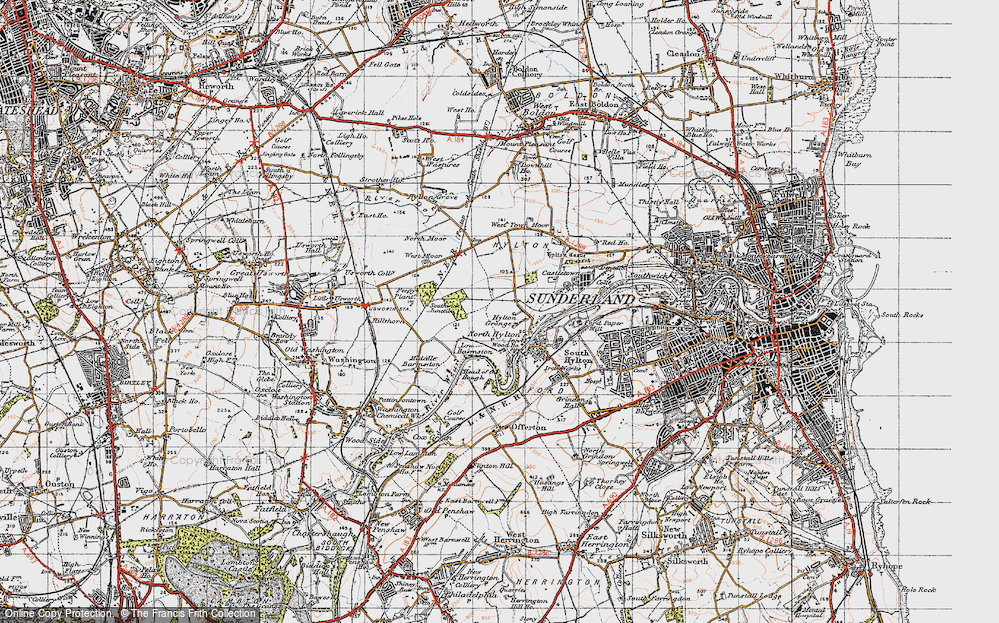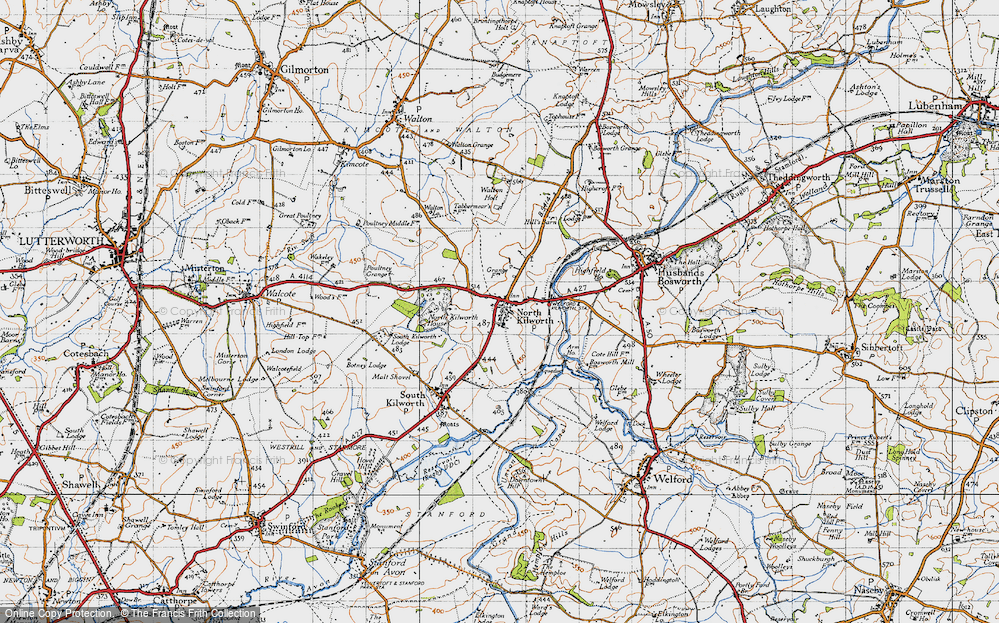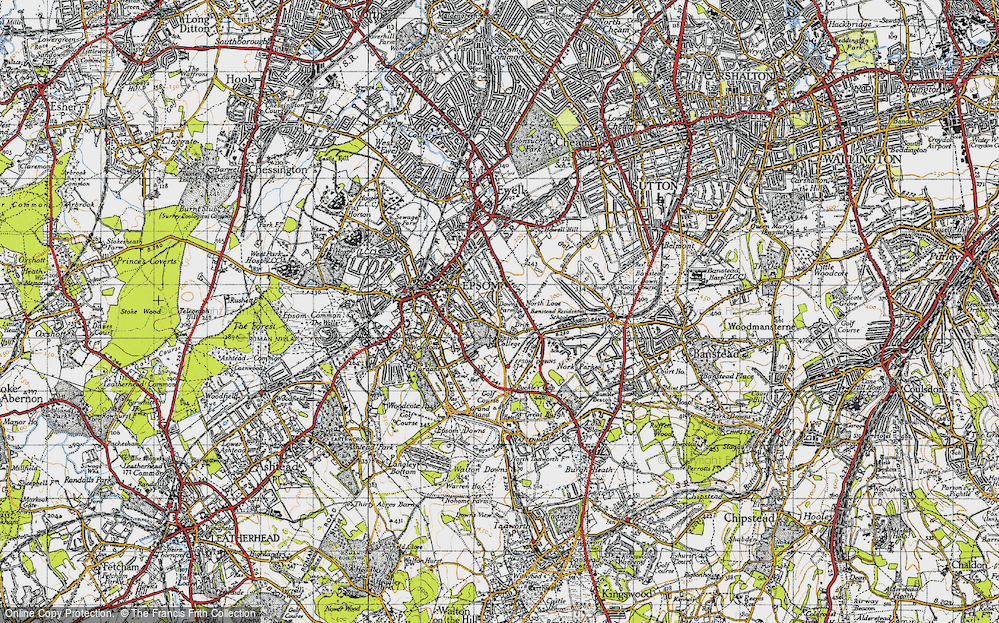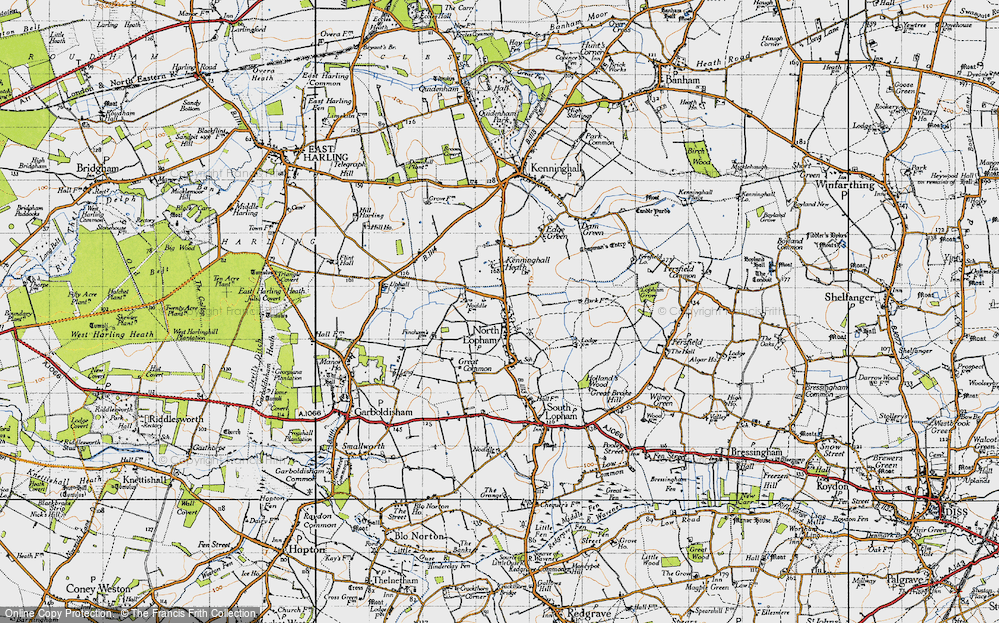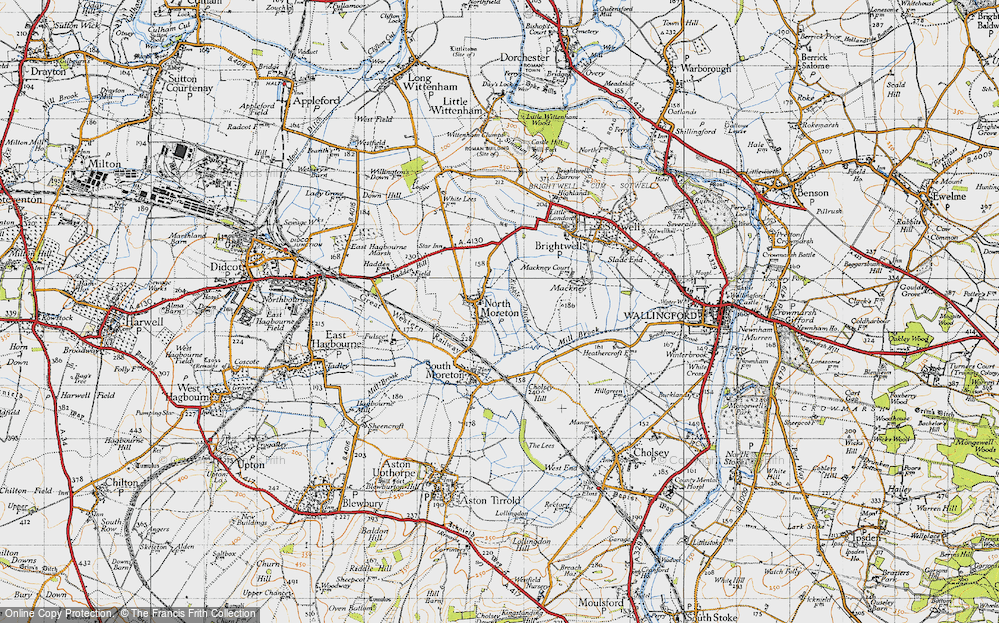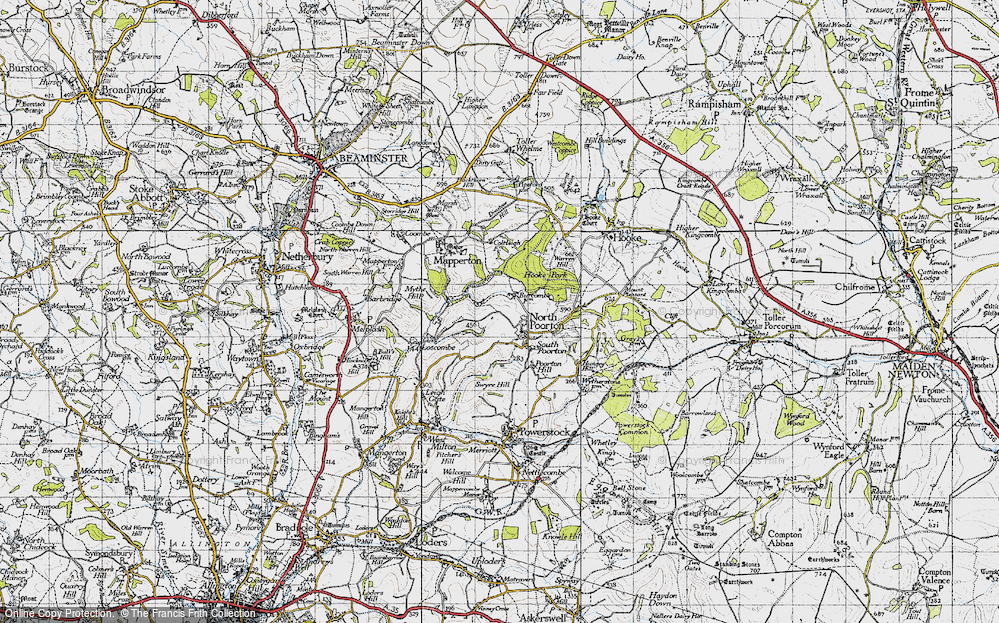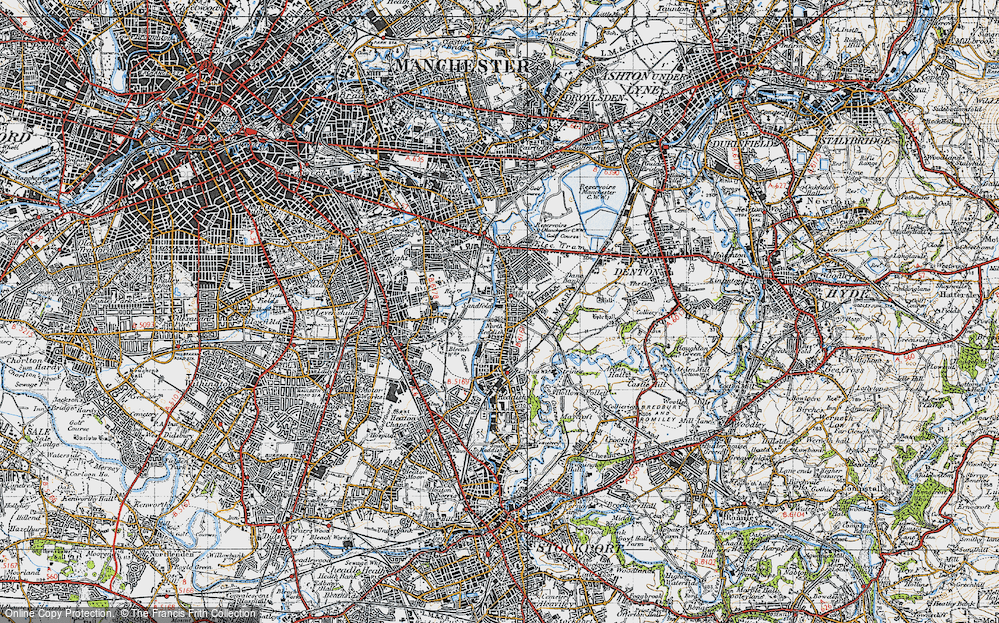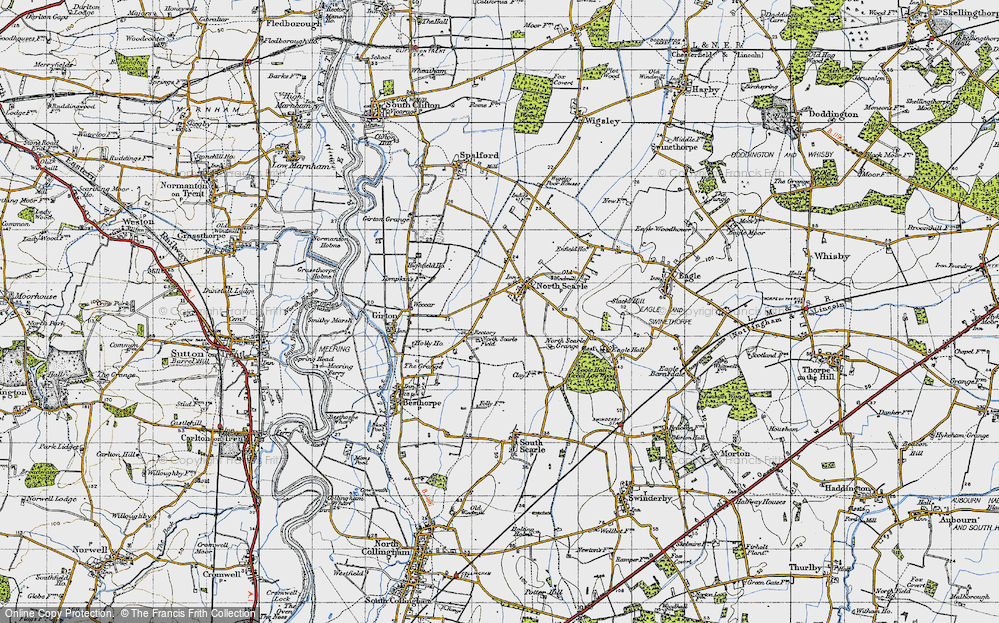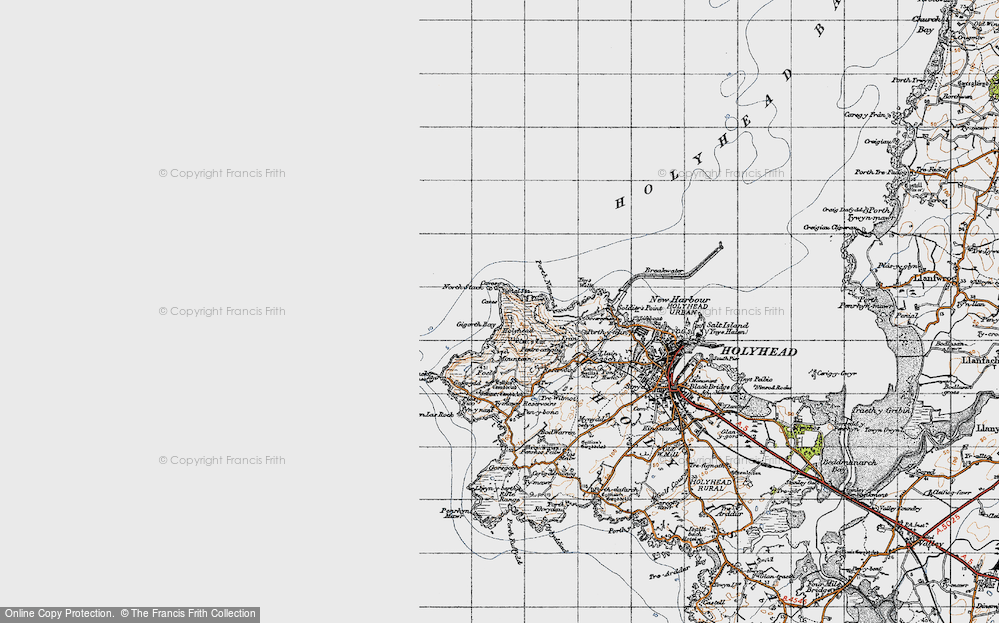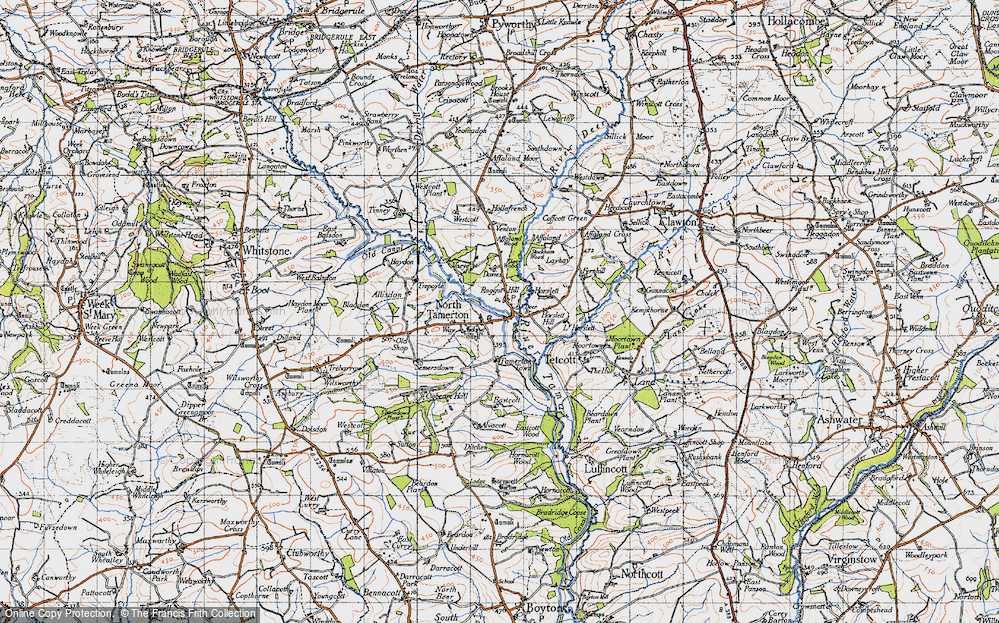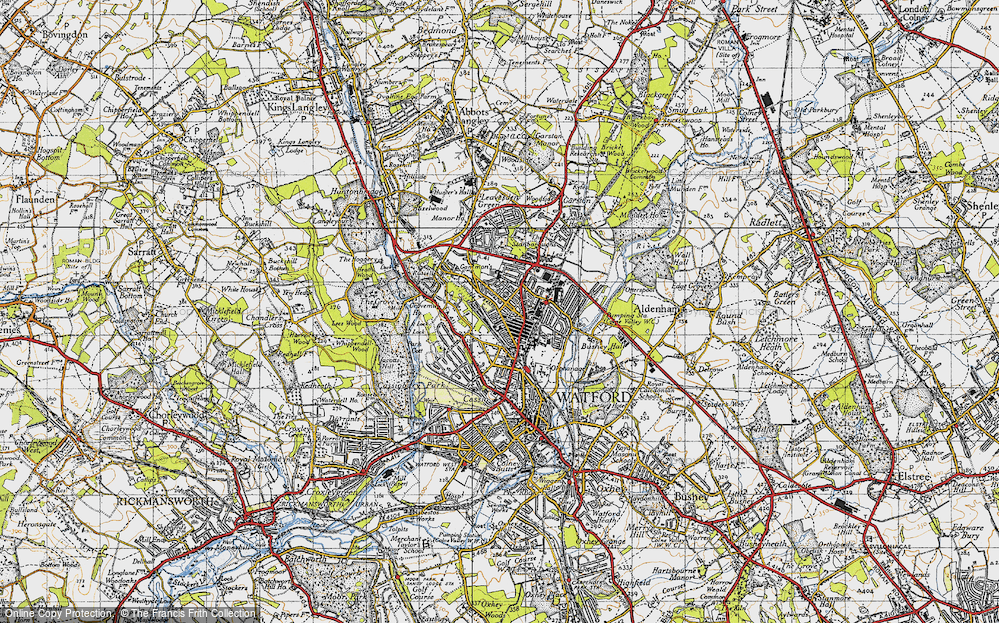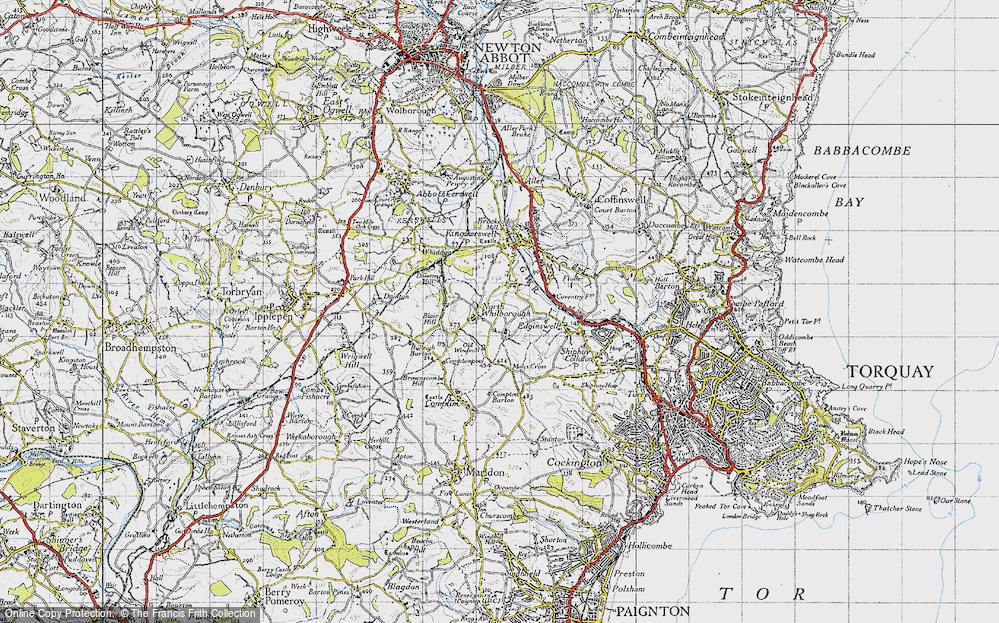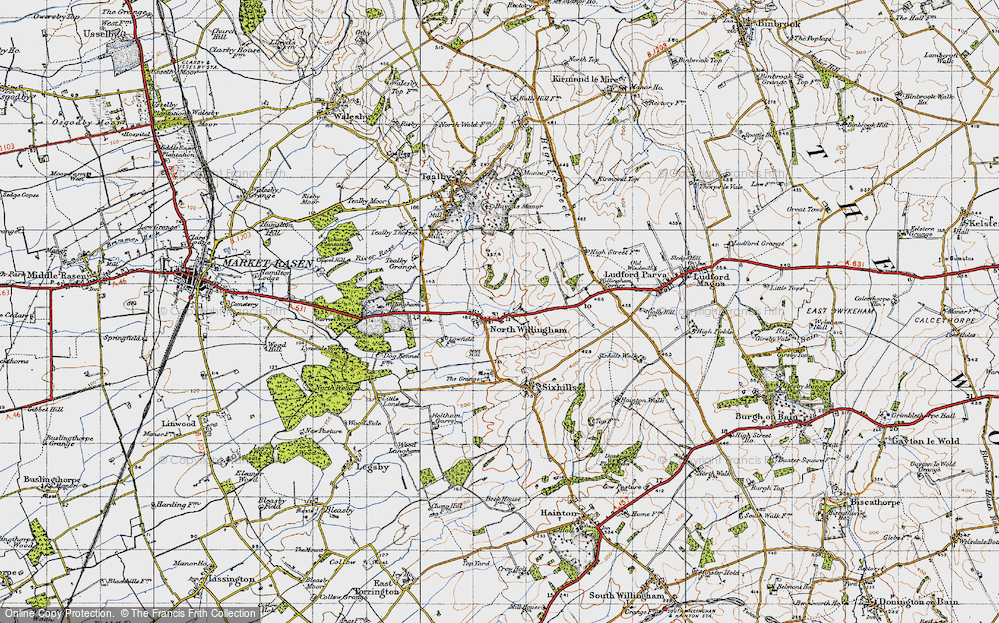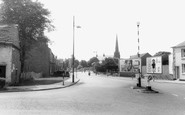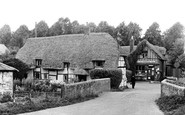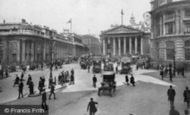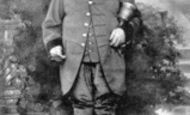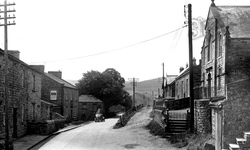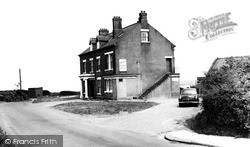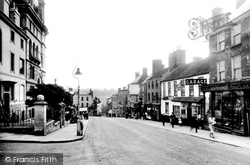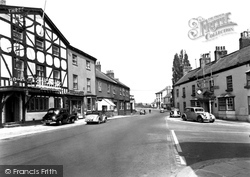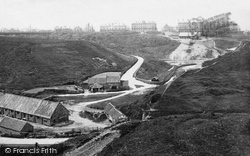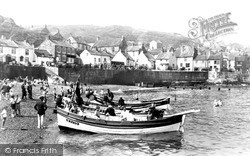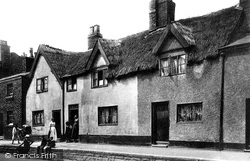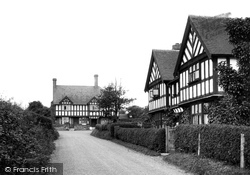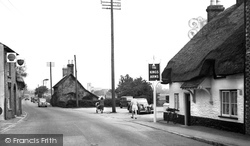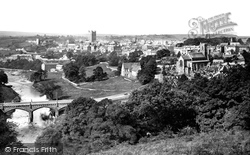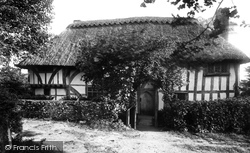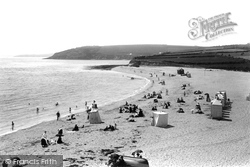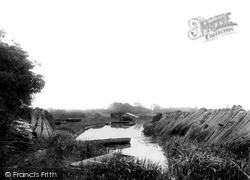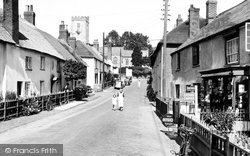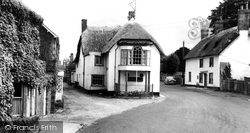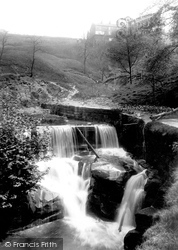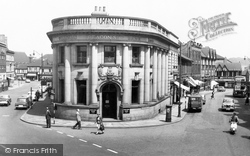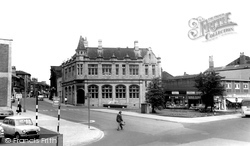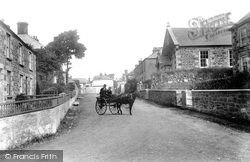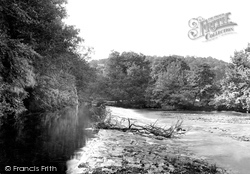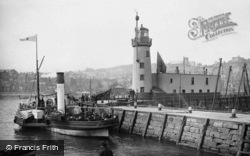Places
Sorry, no places were found that related to your search.
Did you mean: north ness or na h ness or nook ness or nash ness ?
Photos
12 photos found. Showing results 321 to 12.
Maps
9,582 maps found.
Books
29 books found. Showing results 385 to 408.
Memories
4,582 memories found. Showing results 161 to 170.
Visiting My Grandmother In Newton
Every school holiday from 1959 onwards, my brothers Tony, Brian, and later my sister Karen and I stayed with my grandmother Sarah Stones & Harold Stones. Gran owned the Stones greengrocers shop in High ...Read more
A memory of Newton-le-Willows by
Another Place In Time
My family lived in Ellesmere Port since 1892 - or even earlier. I know this as when I was young my great great grandma was still alive. Don't know if anyone remembers author AVE. I used to live at no 28 - it was an old ...Read more
A memory of Ellesmere Port by
Burgh Heath
My grandparents always considered that Burgh Heath was the best village to live in. At one time, it had two swimming pools, two tea rooms and pubs for locals to meet. One pub had a projection room and offered children a free Saturday ...Read more
A memory of Burgh Heath
Monks And Sons
Hi I used to work for Monks and Sons in the 1970's, it was a very nice place to work. There was Dennis Monk and Jack Monk who used to run the business. They repaired Fords steel pallets and made 14ft dia by 400ft long steel chimney ...Read more
A memory of Purfleet by
Life Without Love
I’m Don Spencer. I entered homeleigh orphanage in 1954 at the age of 7. After a period in reception, I was transferred to home 10, a house for boys, run by miss Shaw as our mother. A ginger haired bad tempered woman, who took ...Read more
A memory of Horncastle by
Oxton Memories
I lived in Oxton from the late 50s to the early 80s, and have many fond memories. Does any body remember Fred the barber in Rose Mount. He was quite a character, and nobody went there unless they wanted a short back and sides, ...Read more
A memory of Birkenhead by
Much Loved Memories.
I have such good memories of Much Hadham. My grandparents, Mr & Mrs Morris lived in a lordship cottages just outside of Much Hadham village - the house went with my grandfather's job which was a gardener for Doctor & ...Read more
A memory of Much Hadham by
The Old Thatch
Ah, The Old Thatch. I remember it well, for this is where I grew up from the early 1940s until 1956. By today's standards it was grim: no heating, no running water, no flush loo - nothing. Yet it was a wonderful place in which ...Read more
A memory of Nether Wallop in 1940 by
The Bank Of England
The "Bank" has occupied this site since the late seventeenth century. Although you cannot see from either this view or indeed from the street, there is an exquisite garden and lawn in the centre! The Bank underwent an extensive ...Read more
A memory of London in 1963 by
Great Grandfather
It is strange to see one of the two portraits that hung in my grandparents' hallway, for sale on the web. Issac was born in 1837 in Berwick Bassett, Wiltshire. Taught himself to read and write while an agricultural labourer, ...Read more
A memory of Marlborough by
Captions
1,673 captions found. Showing results 385 to 408.
Another view of Low Row, showing the Post Office and the Methodist Chapel on the right.
The road and rail bridge were built in 1856; today another bridge, built in 1970, runs alongside it, built with money from the Bridge Trust of 1391.
The Plough Inn, now known as Toad Hall, has long provided a place of refreshment to both villagers and travellers alike.
The buildings on both sides of the road have been extensively altered over the years. Note the Bush Hotel on the right (no longer trading).
The half-timbered, mock-Tudor frontage of the Three Greyhounds Hotel on the left faces the more modest frontage of the Crown Hotel opposite.
Another view of Cat Nab, showing very clearly the 'new town' laid out in the mid to late 19th century, largely through the vision and initiative of the Pease family.
A sign on one of the boats advertises sea trips, and the 'Frank and Elizabeth, the 'Sunbeam' and another craft seem to be quite busy.
By 1903, the population stood at around 16,800 and, by 1920, would grow by another 1,000 or so.
Wherries carried both passengers and freight all around the rivers and broads of Norfolk. There are several preserved examples today, which seem like stately ladies in a world of modernity and rush.
Despite their appearance, both the timber buildings shown here date from the early 1900s.
Both public house and petrol station prospered with the increasing volume of traffic on a road that the Edwardian topographer Sir Frederick Treves had described as 'a delightful walk'.
The Terrace, another Georgian promenade, offers a spectacular panorama of the town.
It was the first property acquired by the National Trust, who paid £10 for it in 1896 - and then another £300 to restore it.
In the middle distance is Swanpool Point; hidden beyond it is Swanpool Beach, another favoured smuggling spot.
Bundles of Norfolk reed are stacked on both banks of this shallow backwater. The growing of reeds provides one of the principal industries of the broads area.
Both clerical gentlemen led the local smuggling gangs, hiding the contraband in the old vicarage - now a beautiful thatched house called Vicars Mead.
Until the 1950s, Puddletown was officially 'Piddletown', but - unlike the villages further up the river valley - the authorities changed this to the more acceptable Puddletown.
There is another man- made weir above the rocks in the Thrutch. Most of the dell is much more densely wooded today.
Originally it was a timber stronghold of the motte and bailey, and belonged to the de Turberville family. When rebuilt in stone it featured both a shell keep and a shell gatehouse.
Deacon's now occupy both floors of their building. There has been extensive redevelopment along Stephenson Place, and the tram lines are long gone.
Cleckheaton is another former textile town, five miles south of Bradford, which has had to find a new role during the late 20th century.
There is another explanation of Mullion's name - it was at one time called Porth Mellin, 'the cove of the mill', and a mill existed here until the 19th century.
Although the Exe is a natural watercourse, it is also used as a conduit to bring water to both Tiverton and Exeter.
These small steamers were a feature of both the Scarborough and Bridlington holiday trade; they survived until they were replaced by screw vessels in the 1930s.
Places (0)
Photos (12)
Memories (4582)
Books (29)
Maps (9582)


